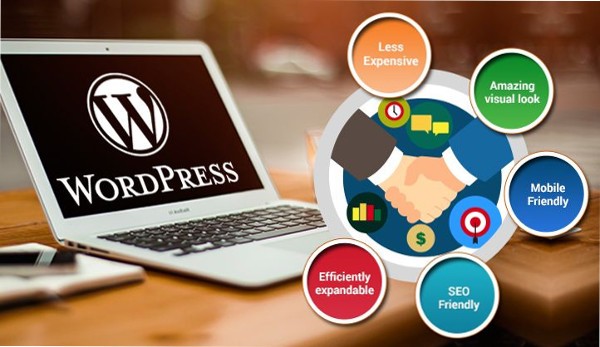Top 10 Tools Every Digital Marketer Should Use in 2025
In the fast-paced world of digital marketing, having the right tools is no longer optional—it’s essential. Whether you're optimizing SEO, managing social media, tracking analytics, or creating content, the tools you use can make or…


